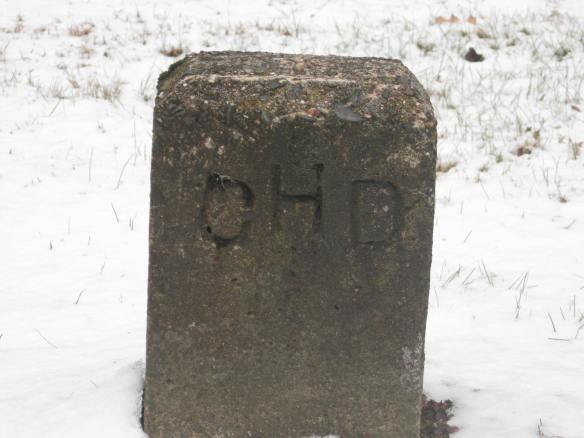On the southeast corner of the middle section of the Litchfield Green stands a stone marker with an engraved bronze plaque. It reads:
Litchfield Historic District
Has been designated a
Registered National
Historic Landmark
Under the provisions of the
Historic Sites Act of August 21, 1935
This site possesses exceptional value
In commemorating or illustrating
The history of the United States
United States Department of the Interior
National Park Servce
1968
The United States government maintains a National Register of Historic Places identifying structures or locales significant in our nation’s history. There are more than 85,000 places on this list. Of those, only 2,430 have been designated as National Historical Landmarks. These sites have been so recognized because they have been identified as possessing national-level historic significance. Applications for such designation must meet one of six criteria:
· Sites where events of national historical significance occurred;
· Places where prominent persons lived or worked;
· Icons of ideals that shaped the nation;
· Outstanding examples of design or construction;
· Places characterizing a way of life; or
· Archeological sites able to yield information.
In the application for designation as a National Historic Landmark in 1967, Charles W. Snell wrote that “Litchfield is probably New England’s finest surviving example of a typical late 18th century New England town.” He especially tied the district’s significance to the fifteen frame houses from the late 1700s and the three from the period 1800-1828 that still stood in the center of town.
Snell further established that several of these houses were designed by William Sprat, a British architect turned soldier who was captured at Saratoga and who, as a prisoner of war, was brought to Connecticut. He remained in the state after the war, renewing his architectural career. Sprat was well known for his Late Georgian style, typified in Litchfield by the Julius Deming house and the Sheldon Tavern.
The Litchfield Historic District is defined by the National Park Service as including the east and west sides of North and South Streets to the rear property line, running from Prospect Street on the north to Gallows Lane on the south. It also includes the building fronting the northeast side of the green, those structures from the Congregational Church to North Street. In total, the district comprises about 20 acres.
Architectural features were not the only feature of the town that impressed the National Park Service, who in their designation noted “the great elms which now form a broad and beautiful archway over North and South street.” Thanks in part to this designation, 21st century residents and visitors see parts of Litchfield through in much the same way as those who lived here two hundred years ago.









